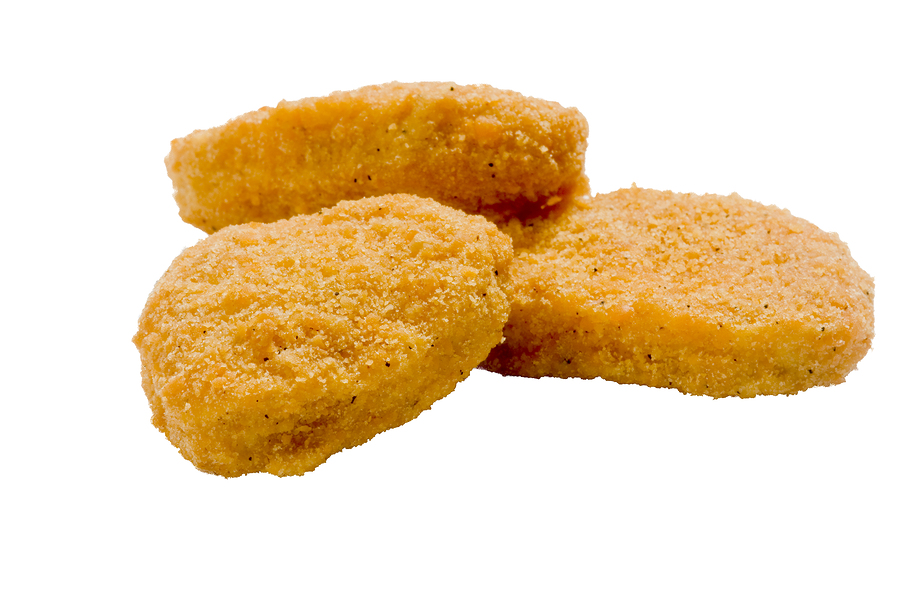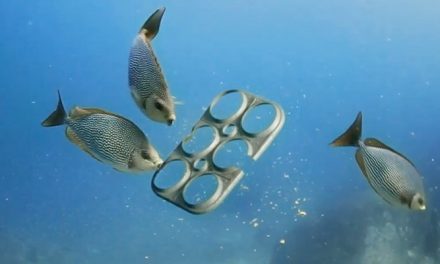
What is Really Inside Chicken Nuggets
The University of Mississippi Medical Center (UMMC) has analyzed chicken nuggets to understand the contents of the processed food.
Researchers found that there is a lack of actual chicken meat. Only 40 to 50% of the chicken nugget was meat; the rest was a combination of fat, skin, sinew, blood vessels, nerves and bone fragments.
Richard deShazo, professor of medicine, pediatrics and immunology at UMMC said: “I was floored. I had read what other reports have said is in them and I didn’t believe it. I was astonished actually seeing it under the microscope. What has happened is that some companies have chosen to use an artificial mixture of chicken parts rather than low-fat chicken white meat, batter it up and fry it, and still call it chicken. It is really a chicken by-product high in calories, salt, sugar and fat that is a very unhealthy choice. Even worse, it tastes great and kids love it and it is marketed to them.”
The study entitled, “The Autopsy of Chicken Nuggets Reads ‘Chicken Little’ ” concludes that “The nugget from the first restaurant was composed of approximately 50 percent skeletal muscle, with the remainder composed primarily of fat, with some blood vessels and nerve present. Higher-power views showed generous quantities of epithelium and associated supportive tissue including squamous epithelium from skin or viscera.”
There are more disgusting ingredients that corporations add to food.
L-Cysteine, an amniotic acid, which can be found in duck and chicken feathers and cow horns, is derived from human hair gathered at barber shops. L-Cysteine is added to bread and fast food products from McDonalds, Dunkin’ Donuts and Burger King.
Propylene glycol is an additive in soda that is also used in everything from cosmetics, pharmaceuticals and electronic cigarettes. Propylene glycol is the complete additive that makes anti-freeze – anti-freeze. This chemical has been found in the Corexit oil dispersement toxin used after the Deepwater Horizon BP oil spill. This chemical causes heart attacks and neurological disorders.
The fizzy, tingle felt when drinking soda pop is because of the ingredient sodium benzoate . The Food and Drug Administration (FDA) claims it is generally recognized as safe; however this chemical has been linked to hyperactive behavior in children.
Sodium benzoate can be found in carbonated drinks, fruit juices, jams, salad dressings, condiments and pickles.
This preservative has been found to support the production of cancerous cells.
Dannon, a manufacturer of yogurt, uses carmine, an additive that consists of crushed beetles, to add red coloring to their product in the “Fruit on the Bottom” yougurt, Activia and Oikos Greek yogurt brands. Carmine is an extract from cochineal insects, an unphotogenic arthropod native to Mexico and South America.
The Center for Science in the Public Interest (CSPI) is admonishing Dannon for using carmine; urging the corporations to put “berries over bugs.”
Starbucks is another company that readily used carmine in their red-colored smoothies and was forced to stop using the product after coming under public scrutiny.
Vegetarians would be surprised to find that Jell-O is derived from collagen which is made from the protein of animal skins. The main animal used to manufacture gelatin is pig.
Carbon monoxide is injected into plastic wrap after the air is removed so that beef will retain its red-coloring. The process is considered safe for humans, although carbon monoxide detectors in homes are recommended because the odorless gas is deadly.
Next time jelly beans begin to look tasty, remember that they are covered with shellac , a sticky substance derived from the secretions of the female Kerria lacca, an insect native to Thailand.
Deli meats are sprayed with bacteriophages, tiny bacteria-killing viruses that were approved for human consumption in 2006. The claim by industry professionals is that bacteriophages infect germs such as E.coli and the Listeria bacteria that contaminate food, not humans.
Ammonia is used in household cleaning products and sprayed onto cut meats such as ground beef because “the trim of animal meat is prone to having bacteria on it.”
This process was approved in 2001 and became well-known after the discovery of pink slime.
Pink slime is a mixture of bovine connective tissue and beef scraps doused in ammonia formed into a paste.
This paste , used as a bonding agent, is a cheap adhesive that keeps the beef together. BPI asserts that pink slime is safer than conventional ground beef because of the ammonia treatment.
Corporations that claim to use “natural flavoring” might be using castoreum . This food coloring agent is extracted from the castor sac scent glands of the male or female beaver, which are located near the anus.
Castoreum is a bitter, orange-brown oily secretion. The discharge from the anal sac is combined with urine and used by beavers to mark their territory or in sexual rites. Food manufacturers use castoreum in certain foods, drinks, candies and desserts such as pudding.
Original Source: our friends at Healthy Holistic Living











